 The design of folk costumes in the Caribbean is based on the culture and customs of African countries (the motherland for thousands of slaves that were brought to Caribbean islands) mixed with some features of European colonizers’ outfits. This clothing, especially the female dresses, has African charm and European modesty. Local women still wear these dresses in day-to-day life and for festive celebrations. Today, we’ll show you the beauty of Dominica’s, Jamaican, Puerto Rican, and Haitian female outfits.
The design of folk costumes in the Caribbean is based on the culture and customs of African countries (the motherland for thousands of slaves that were brought to Caribbean islands) mixed with some features of European colonizers’ outfits. This clothing, especially the female dresses, has African charm and European modesty. Local women still wear these dresses in day-to-day life and for festive celebrations. Today, we’ll show you the beauty of Dominica’s, Jamaican, Puerto Rican, and Haitian female outfits.
The traditional West Indian dresses were fashioned by slaves who took influences from their West African roots and their European colonizers. Slaves and free Black women would wear these dresses on Sundays and feast days. Throughout the Caribbean, West Indian traditional wear varies in its design, style, and symbolism. Today, the traditional outfits are worn at Independence celebrations, cultural festivals, and parades.
Dominica
The “jip” and the “wob dwiyet” are the folk garments of Dominica. The wob dwiyet is much older and uses a large amount of fabric. The jip is younger and preferred by the Dominica’s youth. Basically, it consists of a white blouse with open neck and a lot of frills and a skirt made from madras cloth. The skirt called “jupe” is often worn over an ankle-length petticoat called “jupon”. The madras cloth, originating in India, was used to make the traditional dresses throughout the Caribbean.
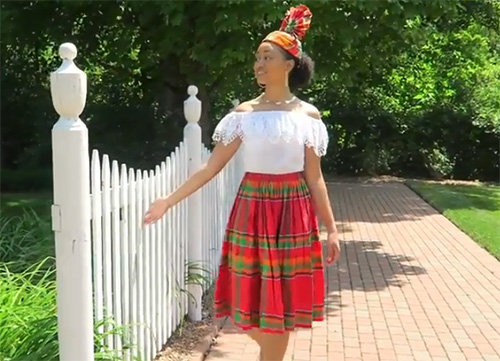
Ornate jewelry would be worn to adorn the clothing.
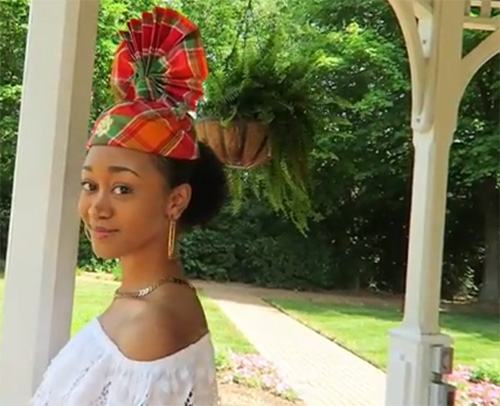
The headdress of Dominica is a unique item. The number of peaks on the headpiece holds a specific symbolism – they show the availability of this particular woman. For example, one or four peaks mean that you can ask her on a date, while three peaks mean that she is in a relationship.
Jamaica
The traditional garment in Jamaica is called “bandana skirt” and is made of red&white madras worn with a white ruffled blouse. Originally, it was worn to dance the quadrille, a dance performed throughout the Caribbean.

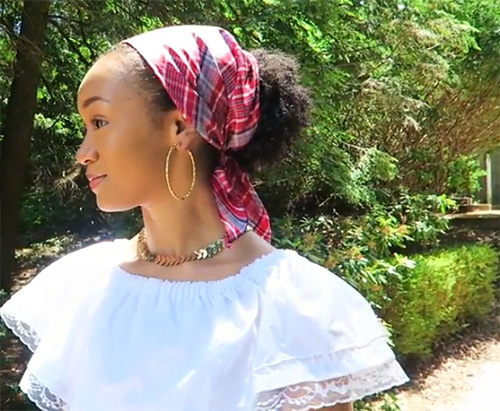
The local females use a headscarf made from matching madras cloth. During slavery, the headscarf protected enslaved women from the harsh rays of the sun. Today, it serves the same purpose and also makes a nice supplement to the costume.
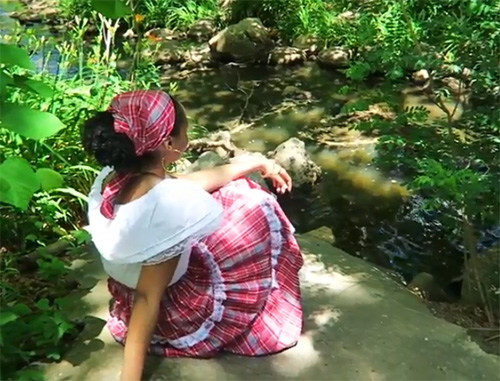
To learn more about Jamaican folk attire, read this article: Traditional clothing of Jamaica. Modest dresses from bandana fabric and shoes from washed-up materials.
Puerto Rico
In Puerto Rico, women wear a so-called “bomba skirt” as a folk attire. The bomba skirt is a really extraordinary garment. The skirt and music genre, la bomba, derived from West African slaves in Puerto Rico. La bomba served as active resistance against slavery and was a symbol of spirituality.
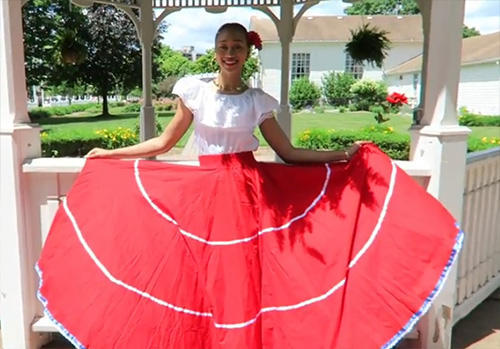
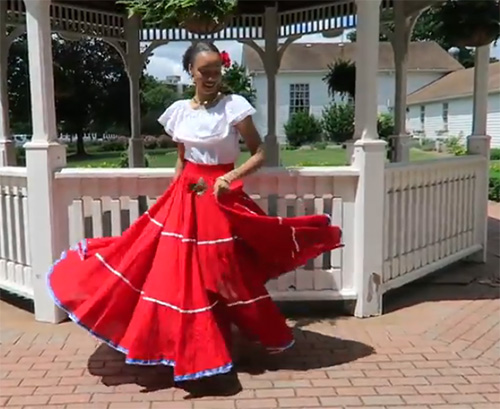
The bomba costume consists of a long and wide flowing skirt, a blouse (often short and ruffled), and an optional headdress. The turban serves as a headpiece; young girls often use flowers in their hair instead.
Haiti
The karabela dress, also known as the quadrille dress in other areas of the Caribbean, is the traditional female garment of Haiti. Usually, this dress is very bright, festive, and made using a lot of fabric. In most cases, the karabela dress has a ruffled, open-neck top and a wide flowing bottom. The red and blue colors of the Haitian flag are almost always incorporated in the costume.
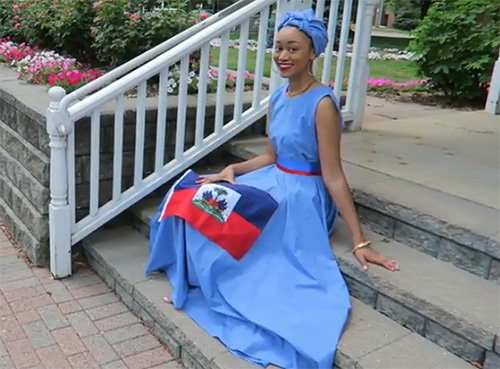
The headscarf may be either red or blue. The alternative to the headscarf is a straw hat. Straw hats were worn by slaves throughout the Caribbean for further protection from the sun.
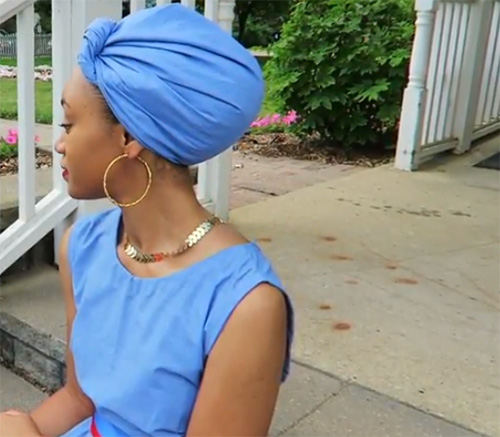
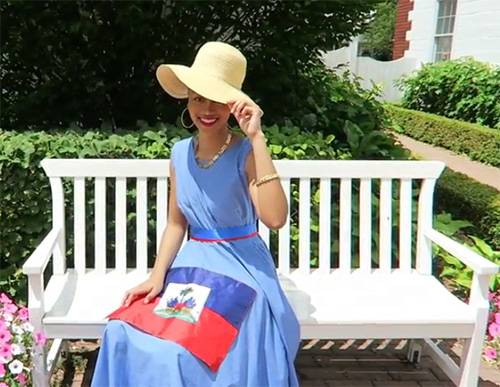
We’ve covered only 4 countries of the Caribbean islands. But this doesn’t mean that other folk costumes of the Caribbean are less worthy or interesting. We’ll talk about them in the following articles.
(c) Lyndsay Elizabeth


